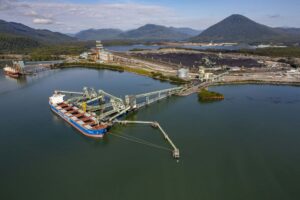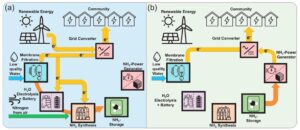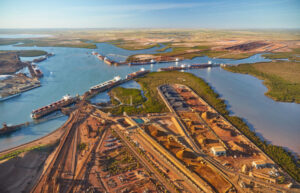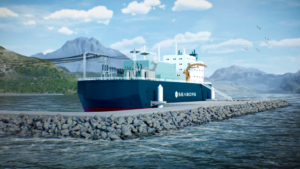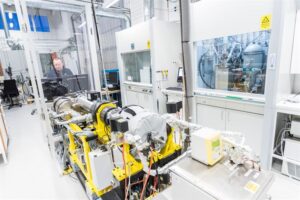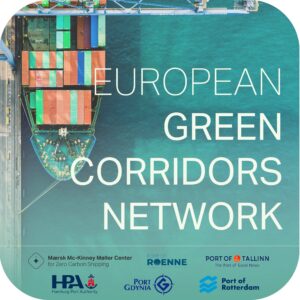Green Ammonia Volume Analysis – A Roadmap Towards 2030
Yara Clean Ammonia, together with NCE Maritime CleanTech and with analysis support from DNV, have delivered a volume analysis and roadmap for the use of renewable ammonia in the Norwegian domestic shipping sector. With the right policy levers in place, renewable ammonia can meet and reach beyond the 2030 decarbonisation targets for the Norwegian domestic fleet, reducing emissions by as much as 69%.

